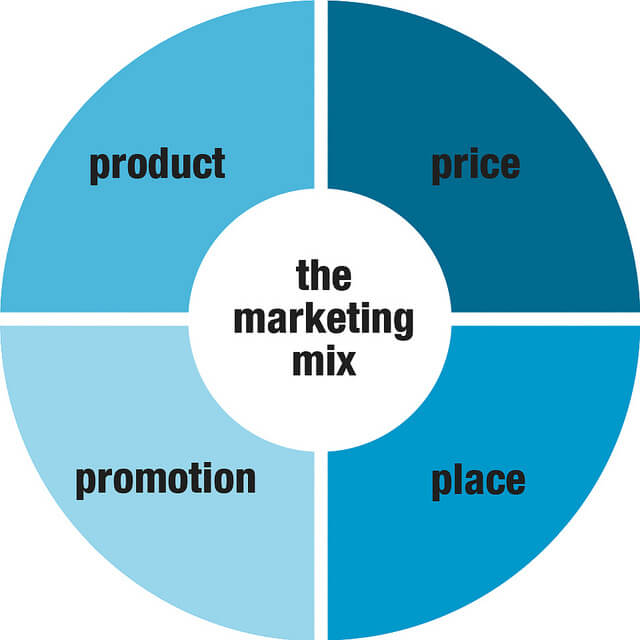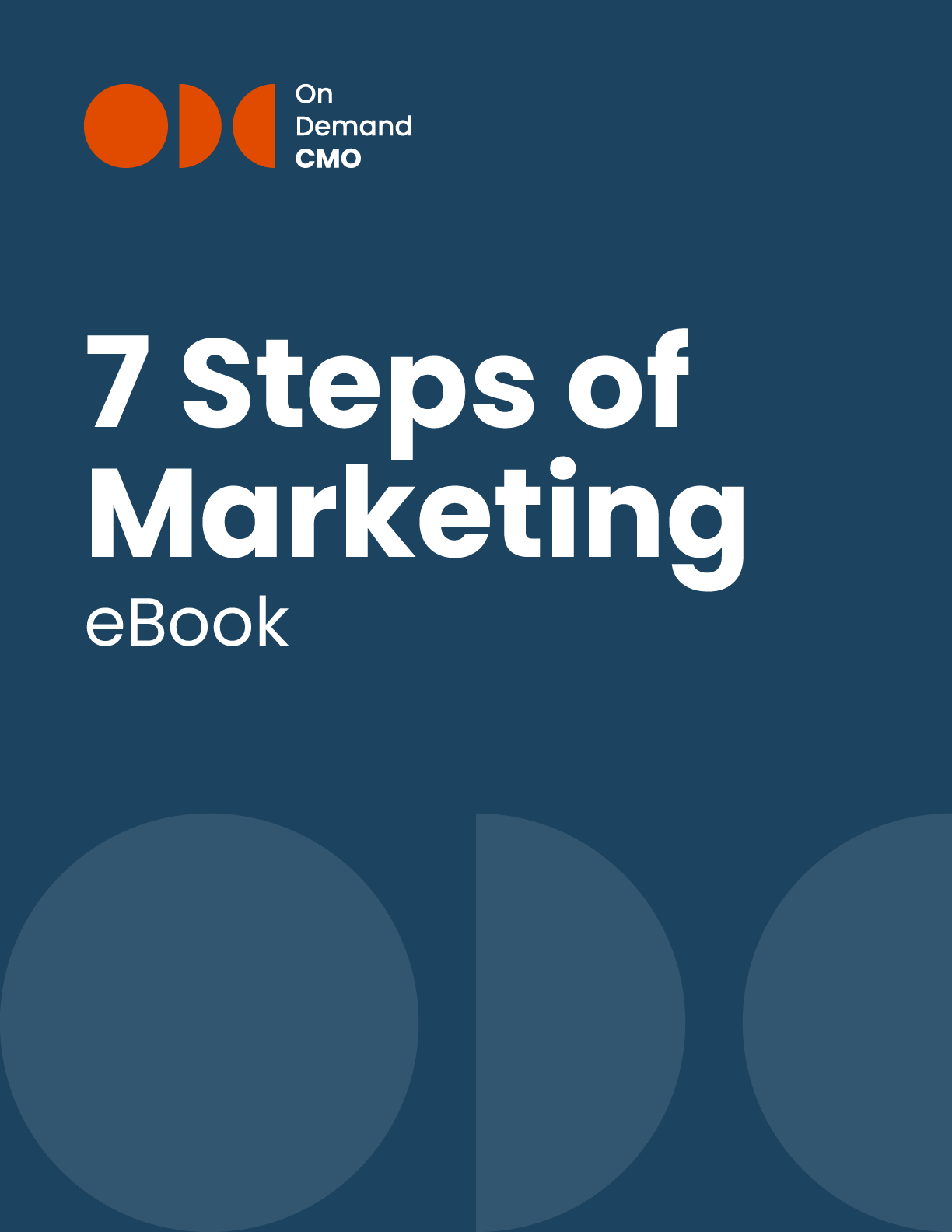
Last week, I talked about organic marketing and suggested pursuing a wide variety of digital marketing strategies in line with this approach. This week, I want to challenge you to step back and take a more holistic view by examining your marketing mix.
The term “marketing mix” is a foundational marketing concept, and it refers to the components that make up your marketing plan. These components can be distilled into a simple formula known as the “Four Ps”: product, price, promotion, and place. Knowing your marketing mix means weighing the impact of each of these categories on your business’s bottom line and adjusting when necessary. This keeps your business sustainable as it grows and as your market evolves.
Thinking strategically about your product goes beyond considering its usefulness to your target customers. It entails a full vision of the way consumers interact with it. Are there warranties to be offered? Guarantees to be met? What kind of customer service experience will you create both upon the transaction and throughout the product’s life? And what kind of return or refund policies will unhappy customers be met with? Will these policies and processes make them consider you again, or leave them cold on your product? Work on sharpening your vision for the product you offer by considering more than the tangible good or intangible service itself.
Whether you are marketing a good or a service, the perceived value of the product will determine what consumers are willing to pay for it, and the lengths they will go to to make it theirs. Consumer perceptions of a product’s value often have little to do with the real costs of producing it. It is instead grounded in factors such as how useful the product seems, a customer’s brand loyalty, or the perception of a product as a luxury good. You must, of course, calculate any manufacturing, marketing, or distribution costs into your price point. Beyond that, remember that you can exert some control over the product’s perceived value with your marketing efforts. Continue to evaluate and reevaluate your product’s perceived value as your business and your market evolve.
In the digital age, it’s also key to consider what payment options you will offer the customer. Will you accept PayPal or another payment service provider? Will you partner with a company like Square to expedite payment processing needs outside of a traditional storefront? How will the payment options you offer shape your customer’s experience? Once more, take a step back from the most fundamental question–price point–and consider the context that surrounds your pricing decisions.
The type and frequency of advertisements a customer interacts with will determine their willingness to investigate your product. Careful promotion presents you with the opportunity to mold the perceived value of your product, and to project your business ethos. Remember that where you promote your product is just as important as the type and frequency of the ads. As Michael Collins, CEO of Adelphic, notes: “Consumers are, by nature, multi-channel and they consume content through multiple screens every day. Marketers need to better align their consumer engagement efforts with this multi-channel behavior.” So, think beyond physical space and think creatively about ad placement across various platforms.Consider four important factors when planning how you will promote your product:
How will you vary your approach? It’s important to create a multi-pronged promotions approach which includes elements of organic marketing strategies, paid advertisements, and direct communications with clients and potential clients.
What exactly will your message be? Will you focus on your product’s features? Your company’s ethics? Your clients’ needs? How will your messaging differentiate your product from similar ones? Messaging matters, so carefully consider what you want to communicate and how the media you’re using will impact the way the message is received.
What channels will you use to promote your product? Will you focus more on social media? Make time for direct marketing at trade shows? Consider your target customers, and work to gain a sense of the channels they are most likely to use.
How frequently will you promote your brand? This will, in part, be a question of investment–both time and money. Be sure to calculate your costs into your ROI.
Just as you need to adapt your approach to product promotion in the digital age, so too must you consider the ways your customers access your product. The ease with which customers interact with your digital interface can make or break a sale–I know that I’ve personally left a full digital shopping cart out of pure frustration with poor website design just as many times as I’ve walked out of a store after poor customer service or avoided a store altogether due to its inconvenient location. Again, you must consider the full context of a customer’s experience when buying your product. Create a fluid, comfortable buying experience, whether your customers interact with your product in a physical or digital space.
Take a step back and consider your marketing mix. It’s not necessary to dedicate an equal amount of time to each of the four Ps. After all, your business is unique and will need a mix tailored to its strengths and needs. But you should consider whether you are paying enough attention to each area. If you lack focus in crucial areas or rely too heavily on one aspect of the formula, take action to balance things out.

OnDemandCMO has authored 7 Steps of Marketing, the only marketing guide book you’ll need to either get your marketing started properly, or stay on track strategically.
It features best practices on branding, messaging, social media, lead generation and much in between.
Please let us know who you are, and we'll share a few of our secrets (we don't sell or trade your info)!